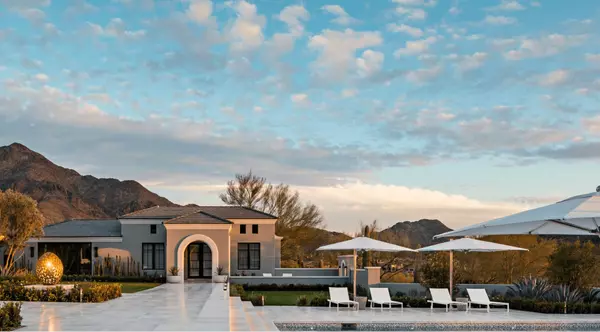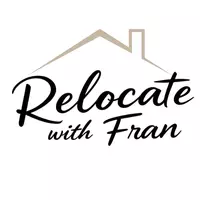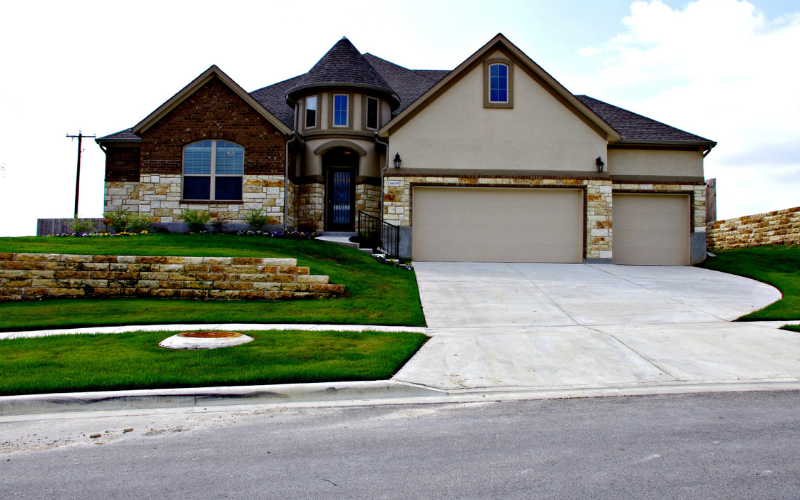
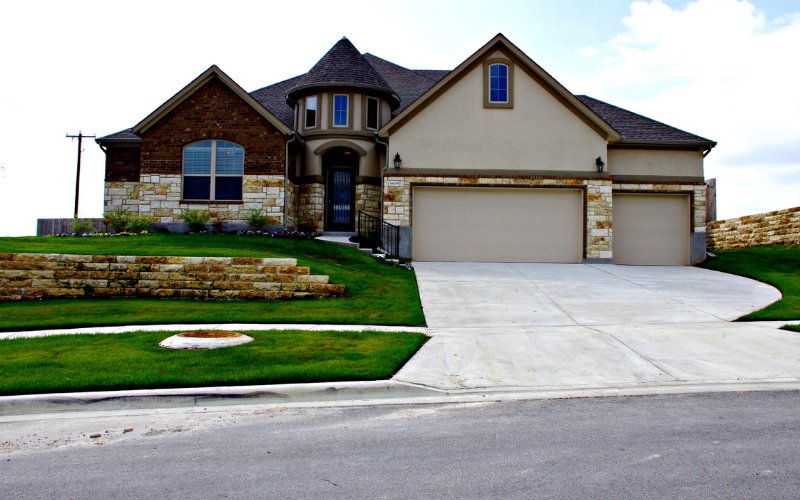
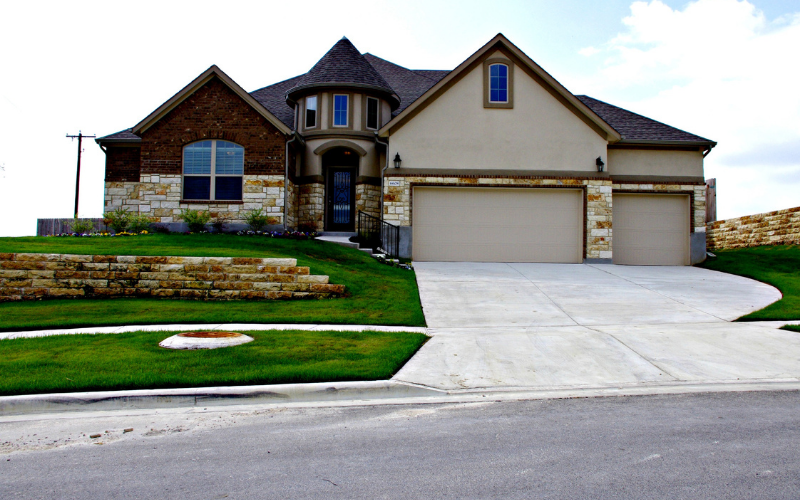
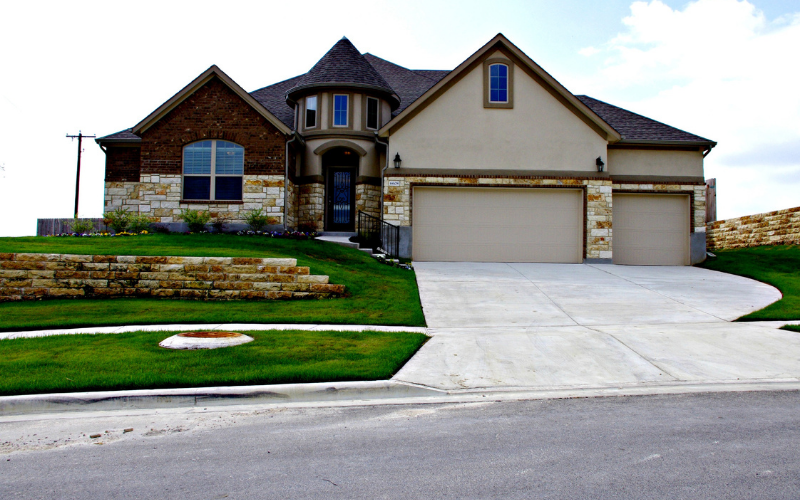
Welcome to Your Arizona Relocation Resource
Relocating is more than just changing your address, it’s starting a new chapter. Whether you’re moving for lifestyle, career, family, or a fresh beginning, Arizona has become one of the most desired destinations for families looking for sunshine, space, and a better quality of life.
From the beautiful desert landscapes and year-round outdoor recreation, to top-rated schools, thriving job markets, family-friendly neighborhoods, and vibrant community culture, Arizona offers a place where families can truly thrive. Cities like Chandler, Gilbert, Queen Creek, Mesa, and Phoenix continue to attract families from across the country who are seeking warmth, opportunity, safety, and a slower, more fulfilling pace of life.
But relocating, especially from another state, can be overwhelming. There are questions about neighborhoods, schools, commute times, lifestyle fit, cost of living, and the logistics of selling one home and finding another. You shouldn’t have to guess your way through that process and you don’t have to.
This website was created specifically to support families relocating to Arizona. Here, you’ll find clear guidance, local insights, neighborhood breakdowns, relocation tips, and step-by-step support to make your move smooth, confident, and stress-free. As a real estate agent who has helped over 500 families relocate, I understand what it takes to move well emotionally, financially, and strategically.
Whether you’re just exploring your options or you’re ready to make the move, you are in the right place.
Welcome home to possibility, peace, and a fresh start in Arizona.
-
45Houses for Sale
-
$525,000Average Sell Price
-
350+Total Sold
-
1,100+Satisfied Clients
